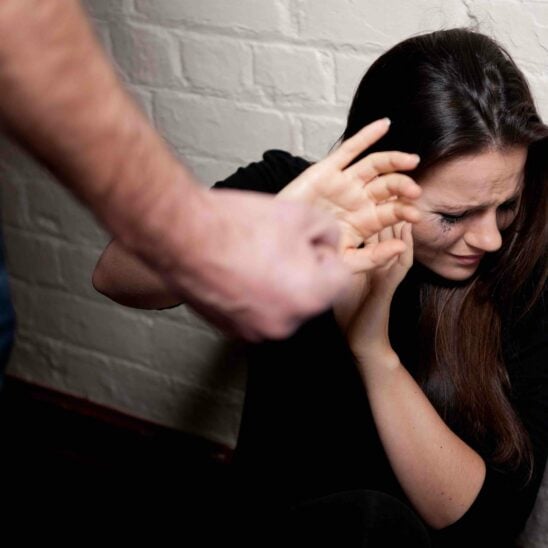Divorcing an abusive spouse may present dangers. There are family laws in Indiana that address protections for spouses and children who are victims of domestic violence, as well as statues on child custody, child support, and parenting time when there is a history of domestic violence.
Domestic Violence and Divorce
Living with an abusive spouse is difficult for everyone in the family. Unfortunately, family and domestic abuse affect approximately 10 million people in the United States each year. According to the Centers for Disease Control and Prevention (CDC), approximately 1 in 7 men and 1 and 4 women will be physically abused by their intimate partner in their lifetime. Additionally, children who live in homes where domestic violence occurs are more likely to become victims of child abuse.
Experts define domestic violence as a pattern of abusive behavior in a relationship that is used by one spouse to exert control over the other spouse. This pattern of behaviors can take many forms of abuse including:
- Physical violence
- Sexual assaults
- Verbal and emotional abuse
- Withholding financial resources
- Forced isolation from family and friends
- Stalking and cyberstalking
Divorce is often a necessary step to prevent physical and emotional harm caused by an abusive spouse. When filing for divorce due to spousal abuse and domestic violence, careful planning with a divorce lawyer is essential to prevent further actions of abuse. Since domestic violence is often triggered by the loss of control over a spouse, a divorce lawyer can assist victims in requesting an order of protection or a restraining order from the court.
Protection Orders
Under the Indiana Civil Protection Order Act, a spouse who experiences domestic violence during the marriage or after separation can request an order of protection. An order of protection is a civil court order designed to protect victims from abuse. Indiana generally consolidates pending protective orders and divorce cases into one case since domestic abuse and a protective order will typically impact various aspects of the divorce.
Protection orders can prohibit abusers from coming to the victim’s home or workplace or contacting the victim in any way. If child abuse is involved, orders of protection may even prohibit the abuser from visiting the child’s school or other extracurricular activities. Additional actions may involve access to family pets, possession of the couple’s home or vehicle, prohibiting the abuser from possessing or using firearms, and ordering the Respondent to pay money to the Petitioner for things like attorney’s fees, mortgage or rent payments, and medical expenses related to the abuse.
While many of these protections can be ordered by the judge without even serving prior notice to the abusive spouse (ex parte orders of protection), either party would have 30 days from when the Respondent is served. Some protections may be temporarily ordered but require a hearing within 30 days. Others can only be ordered once a hearing has been held.
Temporary Restraining Orders
Temporary restraining orders are often issued whether domestic violence has occurred or not. In Indiana, either spouse may request that the court issue a temporary restraining order. These orders can prohibit parties from hiding, transferring, or getting rid of marital property. They are intended to prevent the squandering away of marital assets until they are divided between the spouses. For instance, a spouse may be restrained from using a family bank account. A temporary restraining order may also award the petitioning spouse temporary possession of the family home.
Violations of these orders can negatively impact the spouse’s property division award by the court. For example, if the prohibited spouse drains the marital savings account, that party may have his or her award reduced to make up for the other spouse’s loss.
Domestic Violence and Child Custody
In Indiana, the court uses the “the best interests of the child” standard for determining child custody. The court determines child custody based on, but not limited to, the following factors:
- The age and physical and emotional needs of the child
- The physical and mental health of both parents
- Conflicts between the parents
- The child’s relationship with both parents
- History of child abuse or neglect by a parent
- History of domestic violence in the home
Further, the court must consider whether there was evidence of a pattern of abuse by the parent. If the court determines that a history of domestic violence or child abuse exists, the judge may take precautions to protect the child, including reducing or limiting parenting time, requiring supervised visits between the parent and the child, or even awarding sole custody to the other parent.
The court may also require the noncustodial parent to complete a certified program by the Indiana Coalition Against Domestic Violence, referred to as a batterer’s intervention program, as a condition of granting unsupervised parenting time.

